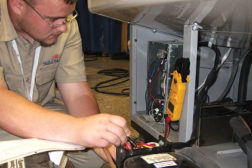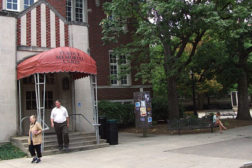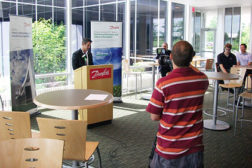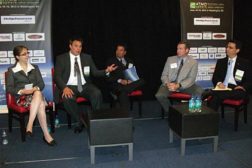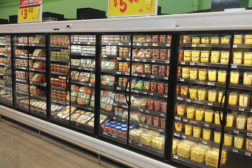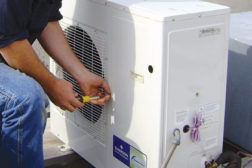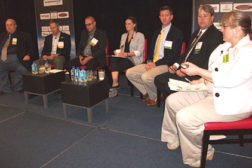Articles by Peter Powell
Opening Up Students’ Minds to Their Job Options
Vocations Can Include the Manufacturing Sector as well as the Trades
Read More
The Bottom Line on Natural Refrigerants
Conference Presents Business Case for F-Gas Alternatives
Read More
Propane, Ammonia, and CO2 Are Natural Choices for Supermarkets
New Technologies Guide Shift from F-Gases
Read More
Efficiency and Volume Top Walk-In Wish Lists
Noise, Cost in High Demand for Restaurant Owners
Read More
Sustainable Refrigeration is Only ‘Natural’
New Refrigerants Still Need Careful Control, Simplicity
Read More
Copyright ©2024. All Rights Reserved BNP Media.
Design, CMS, Hosting & Web Development :: ePublishing


